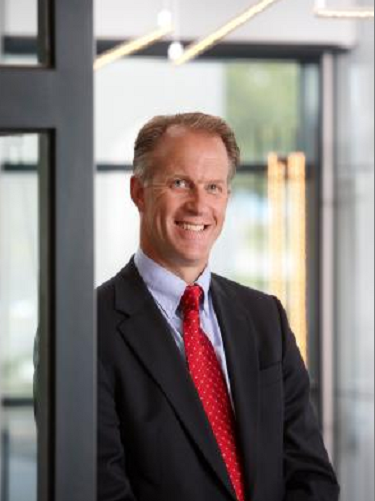
Engie’s flagship North Sea gas field, Cygnus is thought to be the largest gas find in the southern North Sea for 25 years.
It was first discovered in 1988 by Marathon Oil.
Engie – formerly known as GDF Suez – initially expected to start producing gas from the field at the end of 2015.
The development was sanctioned in 2012 and is estimated to hold 110 million barrels of oil equivalent.
The development consists of four platforms including two drilling centres. The central Alpha complex comprises three bridge linked platforms: a wellhead platform with 10 drilling slots; a processing and utilities unit; and a quarters platform with the central control room.
The second will be an unmanned satellite wellhead platform, Bravo, with a further 10 well slots, approximately 4miles north west of Alpha. Bravo is expected to come on stream early next year.
The gas is exported via a 34-mile pipeline connecting Cygnus to the Bacton Gas Terminal in Norfolk via the to the Esmond Transmission System (ETS).
Ruud Zoon, managing director of Engie E&P UK admitted there was a “small internal celebration” at the first gas milestone – although there is still work to be done, he said.
“We still have a number of milestones to progress.
“Exporting gas from the facilities is a big step forward.
“We have other discoveries in the area. We are looking at that closely.
“At the moment it is the Cygnus Alpha complex that is on stream.
“We still have a number of wells to drill. There are seven wells at the moment and three more to be drilled as part of the ten well programme that is in our field development plan.
“Our expectation is we will produce 250million cubic feet a day at plateau for a number of years.
He said “many, many factor”s had contributed to the one year delay but that the firm was comfortable with its current status.
“It is a big and complicated project,” he said.
“As with many big projects you are faced with delays.
“For us it was most important to do this safely and in a controlled way. Our safety record is exceptional – we haven’t really had any major incidents since we started the installation.
“We put the modules offshore in the summer of 2015.
“The fact we were delayed – many, many factors have contributed to that.
“Probably the main one is the complexity of the field and the very significant hook up.
“We have three modules offshore that are bridge-linked. Cables had to be pulled and spools had to be installed.
“We are very comfortable where we are. This is a great facility that will run for the next 20-25 years.
“Hopefully with commodity prices slowly on the increase we will benefit from increased gas prices. We have the revenue stream running now.”
He said that 50% of the modules required were built in the UK at yards in Hartlepool, Methil and Burntisland.
“It has a very high local content which the UK economy has benefitted from significantly,” he said.
“When such a big capital project winds down numbers will come down somewhat.
“But hopefully with new projects, tie backs, new wells and prospects in the area, we can maintain a significant presence in the UK and specifically Aberdeen.”
He said he is encouraged by recent rises in oil and gas prices.
“The way the prices are going today, it is encouraging.
“We have seen low prices in recent times but with oil over $55 a barrel and gas prices at 45p a therm – for us that is encouraging and long may it continue.”
He also said the collaboration exhibited by Engie’s partners – Centrica and Bayerngas – was “very supportive”.
“We have had very strong partnership in the joint venture with Centrica and Bayerngas – they have been very supportive.
“On the logistical side we are making use of boats and helicopters where we share resources with other operators. That has been very successful as well.
“We are working closely within Oil and Gas UK to find more ways of working together.
“One of the things we learned in the higher oil price environment that our costs in the UK escalated to a point that wasn’t sustainable.
“That is why collaboration is so important that we get our costs down to allow us to maximise economic recovery, which is the Oil and Gas Authority’s objective.”
Recommended for you

